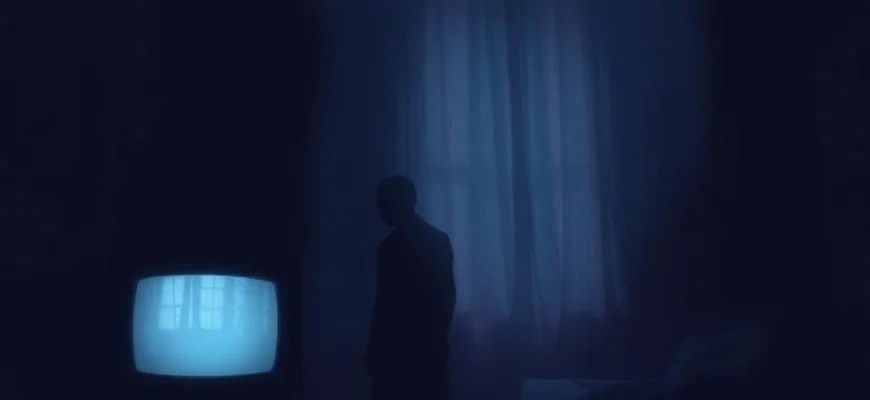If you loved the eerie and thought-provoking atmosphere of '8 (2020)', you're in for a treat! This article explores 10 similar movies and shows that capture the same mysterious and unsettling vibe. Whether you're a fan of psychological thrillers, slow-burn horror, or surreal storytelling, these recommendations will keep you on the edge of your seat.
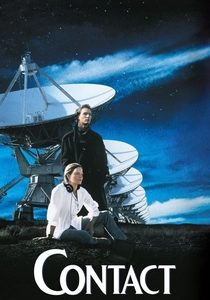
Contact (1997)
Description: A thoughtful exploration of first contact that balances scientific rigor with spiritual and philosophical questions. The film's measured pace and focus on communication make it stand out.
Fact: The film's radio telescope scenes were shot at the Very Large Array in New Mexico, a real astronomical observatory.
 Watch Now
Watch Now 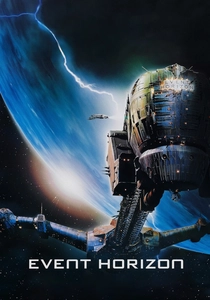
Event Horizon (1997)
Description: A horror-infused space adventure that delves into the psychological effects of isolation and encountering the unknown. The film's dark atmosphere and themes of madness create intense tension.
Fact: The original cut was significantly longer and more graphic, with about 30 minutes of footage removed before release.
 Watch Now
Watch Now 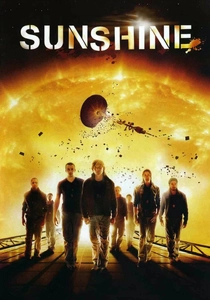
Sunshine (2007)
Description: A visually striking mission-to-save-humanity story that blends hard science with psychological tension. The film explores themes of sacrifice, obsession, and the power of the sun.
Fact: The crew consulted with a physicist to create scientifically plausible visuals of the dying sun's surface.
 Watch Now
Watch Now 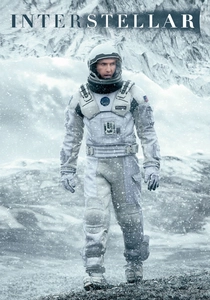
Interstellar (2014)
Description: Blends hard science fiction with emotional storytelling about humanity's survival and the bonds between parent and child. Features realistic depictions of space travel and theoretical physics concepts.
Fact: The visual effects team created the most accurate depiction of a black hole ever seen in film, based on equations from physicist Kip Thorne.
 Watch Now
Watch Now 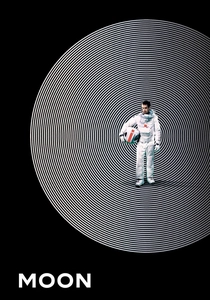
Moon (2009)
Description: A psychological sci-fi film that examines isolation, identity, and corporate exploitation through a minimalist space setting. The claustrophobic atmosphere and twist narrative create a haunting experience.
Fact: The film was shot in just 33 days, with most sets built inside an abandoned candy factory in London.
 Watch Now
Watch Now 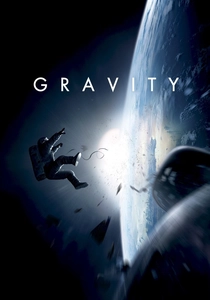
Gravity (2013)
Description: An intense survival story set in space that focuses on the protagonist's psychological journey and resilience. The film's immersive cinematography creates a visceral experience of space's vastness and danger.
Fact: The film's opening 17-minute shot took over two years to complete and combines CGI with practical effects seamlessly.
 Watch Now
Watch Now 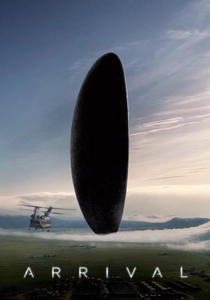
Arrival (2016)
Description: A cerebral first-contact story that explores communication, time, and human perception. The film's non-linear narrative and linguistic focus create a thought-provoking experience.
Fact: The alien language was created by a professional linguist and follows consistent grammatical rules throughout the film.
 Watch Now
Watch Now 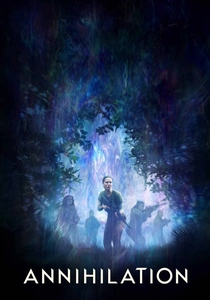
Annihilation (2018)
Description: A mysterious, atmospheric sci-fi story about exploration of the unknown and human transformation. Features surreal visuals and themes of self-destruction and evolution.
Fact: The production designed the shimmer's visual effects to appear as if the environment was being viewed through a prism at all times.
 Watch Now
Watch Now 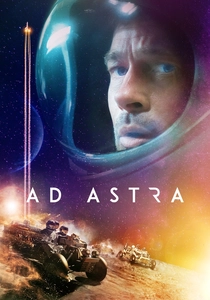
Ad Astra (2019)
Description: A contemplative space odyssey that explores themes of isolation, human connection, and the psychological toll of space travel. The film's slow-burn narrative and stunning visuals create a meditative atmosphere.
Fact: The production team consulted with NASA to ensure scientific accuracy in depicting space travel and zero-gravity environments.
 Watch Now
Watch Now 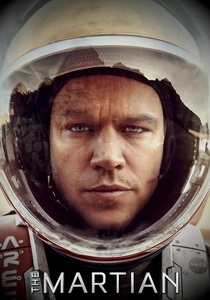
The Martian (2015)
Description: A story of human ingenuity and survival against impossible odds in an alien environment. Combines scientific accuracy with humor and optimism about human capability.
Fact: NASA actively collaborated with the production, using the film as an opportunity to promote public interest in Mars exploration.
 Watch Now
Watch Now 
